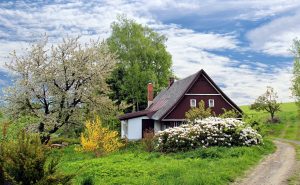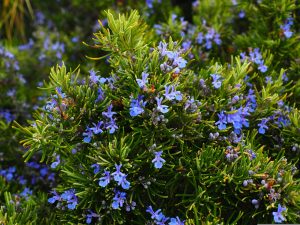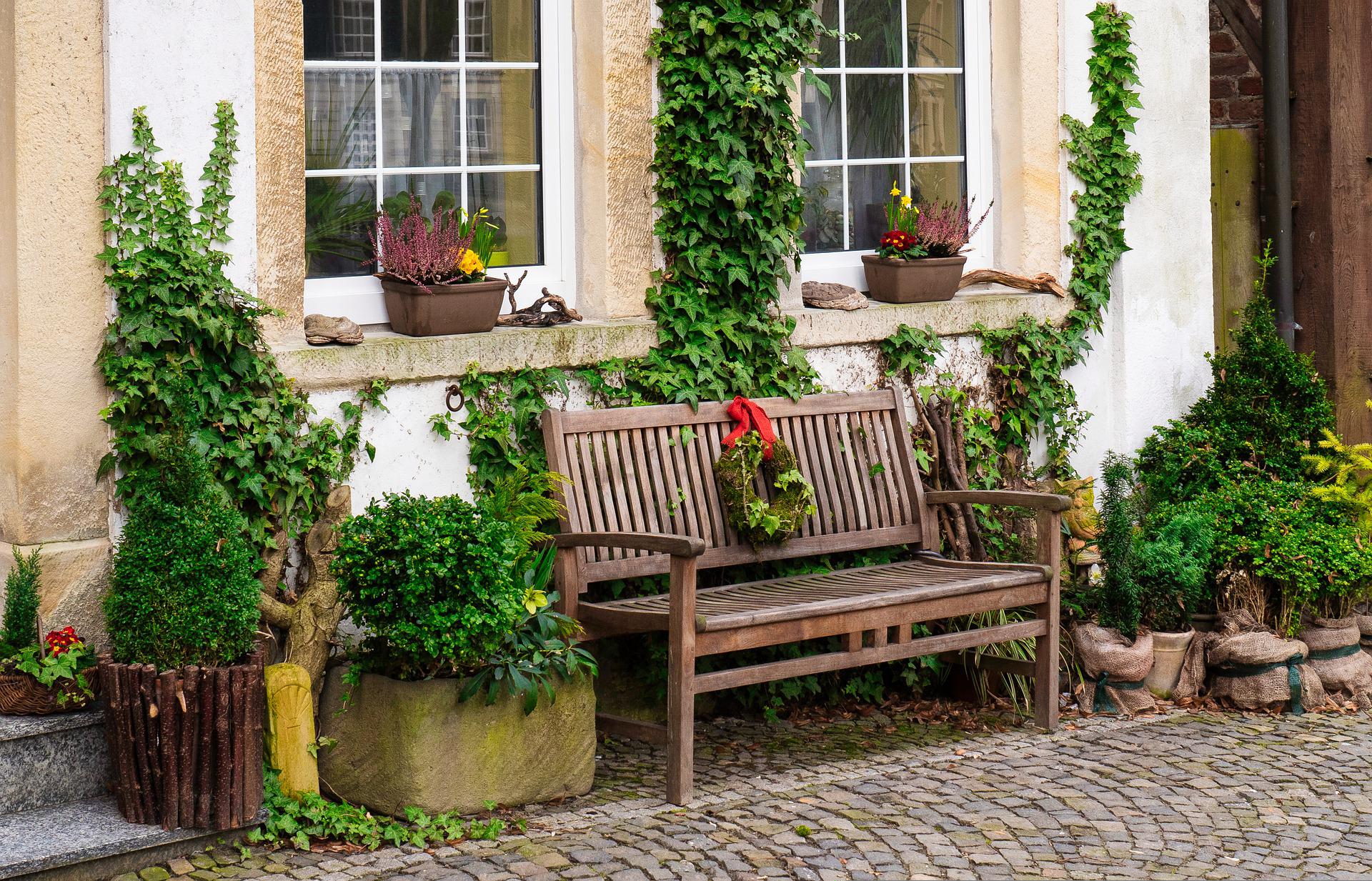A beautiful lawn can make your home more comfortable and more appealing. It can also increase your property values. Anytime you improve your home and property, you add value. Healthy trees and shrubs are an essential part of any landscape design. Trees provide shade while shrubs often hide things like the air conditioner. Planting shrubs around windows is an excellent way to keep burglars out.
Trees and shrubs typically don’t require as much care as the rest of your lawn. In order to keep them healthy and beautiful, you will need to water, prune and fertilize each year.
Watering trees & shrubs

Most trees and shrubs don’t require much watering once they are established unless there’s a prolonged drought. The root systems of most trees and shrubs are quite good at finding moisture.
In the first year or two after planting or transplanting, trees and shrubs do require frequent watering but once they’re established, they don’t need much. Give young plants about an inch of water every week.
Autumn watering should be liberal for evergreens. The best time to water these plants, according to some gardening experts, is in the fall. They are far more prone to sustain winter damage if they don’t receive enough moisture in the fall.
Your fertilizing plan
Many trees and plants can survive without additional nutrients from fertilizer. However, fertilizer can be beneficial to plants in places with low soil or in subdivisions where nutrient-rich topsoil has been removed.
The majority of the time, all you need is all-purpose fertilizer. Use either slow-release or fast-acting varieties and pick between industrial and natural products. No matter what kind of fertilizer you use, always follow the instructions on the container.
Although you might be tempted, adding more fertilizer than is advised can hurt the plants. Overfertilization can damage a plant by burning the roots. Flowering trees and shrubs may produce fewer blooms than kinds that are not overfertilized if they receive more fertilizer than they require, particularly nitrogen.
Pruning schedule
When trees and shrubs rub against each other, this increases their susceptibility to disease. That’s one of the good reasons to prune. Another is simply appearance. Pruning keeps the tree or shrub looking beautiful.
A little pruning is beneficial to many trees and shrubs throughout their lives. Even though the procedure could seem challenging, using these recommendations will make it simpler.
Pruning off any dead or diseased branches is a good practice regardless of the type of trees and shrubs you’re dealing with. This improves the appearance of the plant and can stop the disease from spreading.
Any stray stems that obstruct driveways or paths or that grow into the side of a home or other structure should be pruned out.

Staking for new trees
Newly planted trees may require staking, particularly if you planted them as bare-root plants or if you struggle to maintain them upright. Remove the stakes after the first year or two so that your trees and shrubs can establish a strong trunk and root system. Don’t leave them staked for long periods.
Using a single stake that is around the same height as the tree is one of the easiest ways to support a young tree. Place the stake about 6 inches from the edge of the planting hole and 18 inches deep in the ground. Use a portion of old garden hose wrapped in thick wire to attach the tree to the stake in a figure-8 configuration. The tree should be able to move freely so guard against pulling the wire too tight.
References:
Trees and shrubs | UMN Extension
How to Plant Trees and Shrubs – Wallace’s Garden Center (wallacesgardencenter.com)

